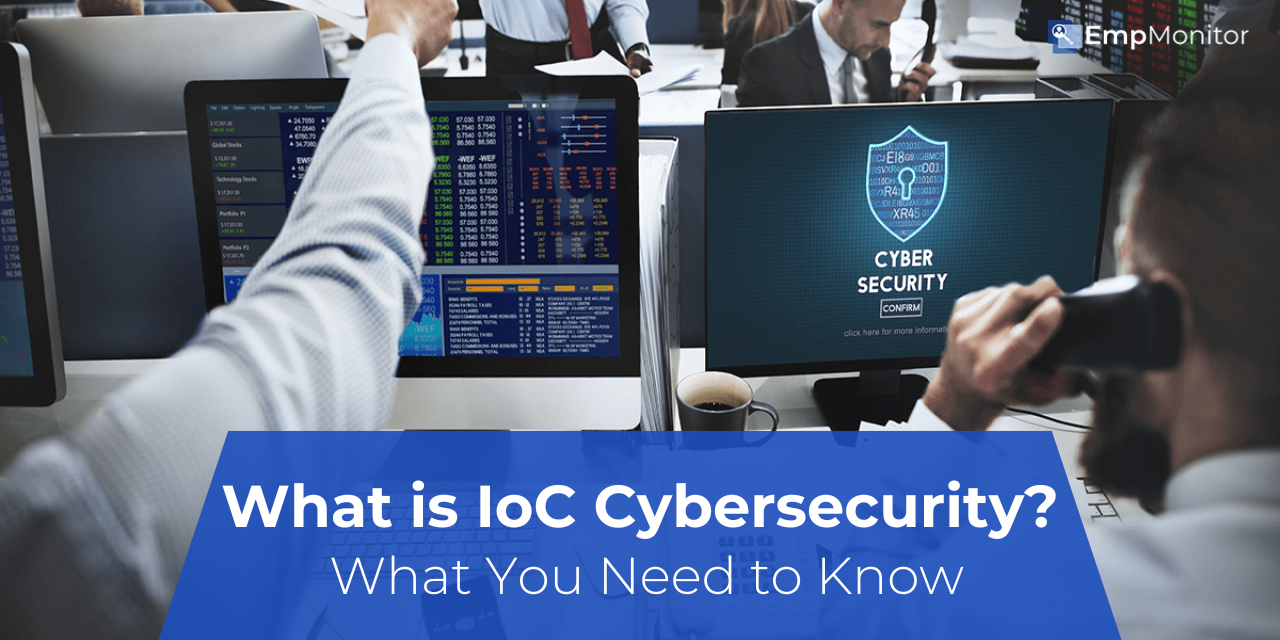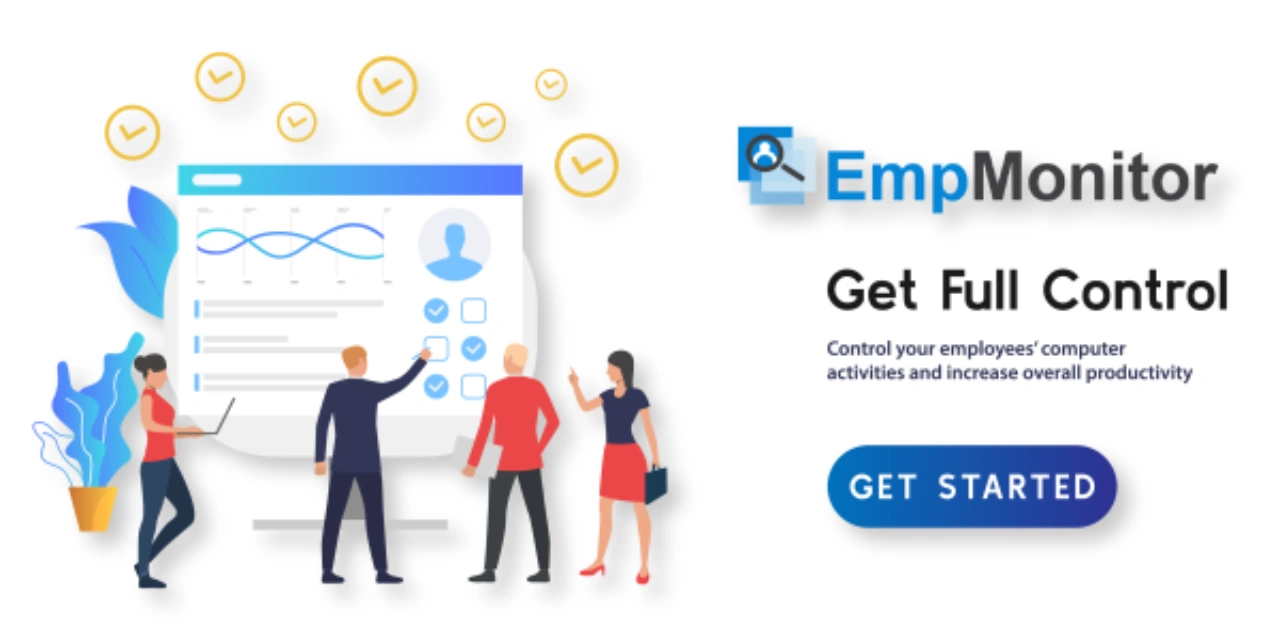As the digital world continues to expand, the need for robust cybersecurity has never been more critical. Organisations face an ever-increasing array of cyber threats, from ransomware and phishing attacks to insider threats and advanced persistent threats. To navigate these challenges, one essential concept that cybersecurity professionals rely on is IoC cybersecurity—short for Indicators of Compromise in cybersecurity.
In this comprehensive guide, we will explore what IoC cybersecurity is, why it matters, how it works, and provide practical examples to help you safeguard your digital assets.
In a hurry? Listen to the blog instead!
Understanding IoC Cybersecurity
IoC cybersecurity refers to specific pieces of forensic data or evidence that indicate a system may have been compromised. Think of IoCs as early warning signs—like a fever signaling a medical issue—that alert cybersecurity teams to potential threats before they escalate into full-scale breaches.
IoCs can take many forms, including:
- IP addresses linked to malicious activity
- Domain names used in phishing attacks
- URLs that lead to malware downloads
- Suspicious email addresses
- File hashes or malware signatures
- Unusual changes in network or system behavior
By identifying these indicators, organisations can act swiftly to contain threats, investigate incidents, and implement corrective measures.
The proactive use of ioc cybersecurity ensures that organisations do not have to wait until a breach has occurred to react. Instead, they can prevent or mitigate damage by spotting threats early.
Why IoC Cybersecurity Matters?
The importance of IoC cybersecurity cannot be overstated. These indicators serve several key purposes:
- Threat Detection: IoCs allow organisations to detect malicious activity early, often before significant damage occurs. Early detection is vital, especially in the case of ransomware attacks, where seconds can make the difference between containment and data loss.
- Incident Response: By understanding what triggered an alert, cyber security teams can respond effectively, isolating affected systems and removing threats.
- Threat Prevention: Analysing IoCs helps prevent future incidents by highlighting attack patterns and weaknesses in security infrastructure.
- Strategic Planning: Organisations gain insights into attacker tactics, which can guide broader security strategies and resource allocation.
Without implementing IoC measures, businesses leave themselves vulnerable to breaches that can result in financial loss, reputational damage, and regulatory penalties.
Defining Indicators of Compromise
Indicators of compromise, often abbreviated as IoCs, are forensic signs of malicious activity within a system or network. Essentially, they are the digital footprints left behind by attackers.
Common examples of IoCs include:
- Unfamiliar files or file modifications
- Unexpected system reboots
- Suspicious network traffic
- Unauthorized login attempts
- Abnormal application behavior
To understand their significance, consider the analogy of medical symptoms. Just as a fever or rash signals an underlying illness, IoCs alert cybersecurity teams to potential breaches.
A clear understanding of IoC cybersecurity allows organisations to be proactive rather than reactive. This proactive stance is particularly valuable in complex IT environments, where multiple systems and endpoints can be simultaneously targeted.
Types of IoC in Cybersecurity
IoCs are not a one-size-fits-all concept. They come in various types, each providing different layers of insight:
1. Atomic IoCs
Atomic IoCs are simple, discrete pieces of data. Examples include an IP address associated with a malicious server or a file hash linked to malware. These indicators are often the first line of defense for detection systems.
2. Computational IoCs
These involve sequences of events or system behaviors that indicate compromise. For instance, a specific pattern of file access or privilege escalation may serve as a computational IoC. Computational IoCs help detect more sophisticated attacks that atomic indicators might miss.
3. Behavioural IoCs
Behavioural IoCs track patterns of activity rather than discrete events. Unusual network communication between internal systems or abnormal login times may signal that a system is compromised. Behavioural indicators are especially useful for detecting insider threats and advanced persistent threats.
By using all three types of IoCs in combination, organisations gain a multi-layered view of potential threats, improving overall detection accuracy.
How IoC Cybersecurity Works?
Implementing IoC cybersecurity involves continuous monitoring and analysis of system and network data. Here’s a breakdown of how it typically works:
- Data Collection: Security tools collect data from various sources, such as system logs, network traffic, and endpoint activities.
- Detection: The system scans this data for known indicators of compromise. For example, a file hash may match a known malware signature.
- Alerting: When a potential IoC is identified, an alert is triggered, notifying security teams for further investigation.
- Response: Teams assess the severity of the threat and take action—isolating affected systems, removing malicious files, or strengthening defenses.
- Analysis: Post-incident, IoCs are analyzed to understand attacker tactics and refine future detection capabilities.
The effectiveness of IoC cybersecurity largely depends on the quality of the indicators used. High-quality IoCs accurately highlight threats, while poor-quality indicators can result in false positives.
Implementing IoC Cybersecurity
To implement IoC cybersecurity effectively, organisations must combine technology, processes, and skilled personnel:
- Monitoring Tools: Use advanced software to track network traffic, log files, and system changes.
Monitoring tools like EmpMonitor not only track employee activity but also help detect unusual patterns, privilege escalations, or unauthorized file transfers, making them an effective part of IoC cybersecurity implementation Try Now! - Automated Alerts: Automate detection and alerting to reduce response times.
- Incident Response Plans: Develop clear protocols for investigating and responding to IoC alerts.
- Regular Updates: Continuously update IoC databases to reflect emerging threats.
- Employee Training: Ensure that staff understand IoC principles and the steps to take when alerts occur.
Proactive implementation of IoC cybersecurity allows organisations to stay ahead of attackers and minimize the impact of security incidents.
IoC Cybersecurity Examples
Understanding IoC cybersecurity examples helps illustrate how these indicators function in real-world scenarios. For instance, an example of a security incident indicator is detecting repeated unauthorized login attempts from an unknown IP address. This serves as an early warning sign of a potential brute-force attack.
- Malicious IP Address: A previously unknown IP attempts to access sensitive systems repeatedly.
- Suspicious Email Attachment: An email with a file containing a known malware hash is detected.
- Unexpected File Changes: System files are modified without authorization.
- Abnormal Network Traffic: Large volumes of data are transferred at unusual times, indicating potential exfiltration.
- Unauthorized Logins: Login attempts outside normal hours from unfamiliar locations are detected.
These indicators of compromise examples demonstrate the range of data points that organisations monitor to detect threats.
In addition, IoC cybersecurity can also detect early-stage ransomware attacks by monitoring unusual file encryption patterns, highlighting the versatility of IoCs in combating multiple types of cyber threats.
Common Indicators of Compromise
Here are some widely recognised indicators of compromise that cyber security teams look for:
- Presence of malware signatures in system files
- Changes to registry or system configurations
- Unusual user account activity
- Unexpected network connections or data transfers
- Suspicious scripts or executable files running without authorization
By knowing what are indicators of compromise, teams can establish proactive monitoring and response strategies.
IoC Cybersecurity and Insider Threat Prevention
Insider threats pose unique challenges because they often involve authorised users acting maliciously. Implementing ioc cybersecurity plays a crucial role in insider threat prevention:
- Monitoring unusual login patterns or data access by employees
- Detecting abnormal file transfers or downloads
- Flagging unauthorized privilege escalation attempts
- Alerting security teams to suspicious internal communications
Solutions such as EmpMonitor provide deep visibility into user activities, helping organisations identify anomalies like unusual login times, suspicious file movements, or policy violations — all of which can serve as IoCs for insider threat prevention.
How EmpMonitor Enhances IoC Cybersecurity?
While IoCs are powerful for identifying external threats, insider risks require a more focused approach. This is where EmpMonitor plays a vital role.
EmpMonitor is an advanced employee monitoring and productivity management tool that adds an extra layer of visibility for cybersecurity teams. By tracking and analyzing user activities, it helps organisations spot subtle but critical Indicators of Compromise (IoCs) that may originate from within the organisation.
Key ways EmpMonitor strengthens IoC cybersecurity:
- Real-Time Activity Tracking – Monitor login times, app usage, and file movements to detect unusual behavior.
- Insider Threat Detection – Identify privilege misuse, data transfers, or unauthorized downloads before they escalate into breaches.
- Comprehensive Reports – Generate detailed logs and reports that help in post-incident analysis and refining detection strategies.
- Proactive Alerts – Receive alerts when suspicious actions occur, ensuring timely responses to IoCs.
- Policy Compliance – Ensure that employee activities align with security guidelines and prevent violations that could lead to vulnerabilities.
By integrating EmpMonitor into an organisation’s IoC cybersecurity framework, businesses gain deeper insights into both external and internal threats, strengthening overall security posture.
Now, let’s explore,
IoC Cybersecurity in Real-World Scenarios
To understand the practical value of IoCs, consider these real-world scenarios:
- Financial Sector: A bank detects an unusual IP attempting multiple failed logins on its online banking portal. The IoC triggers an automated alert, preventing potential credential theft.
- Healthcare: A hospital identifies abnormal access patterns to patient records, signaling a possible insider threat. Immediate action prevents sensitive data leaks.
- E-commerce: An online retailer spots unusual file modifications on its server, indicating malware installation. Quick remediation stops data exfiltration and protects customer information.
These examples highlight how ioc cybersecurity is critical across industries, ensuring timely detection and prevention of threats.
Challenges of IoC Cybersecurity
While IoC cybersecurity is crucial, implementing it comes with challenges:
- Volume of Data: Large networks generate enormous amounts of data, making it difficult to spot relevant IoCs.
- Evolving Threats: Hackers constantly develop new tactics, requiring IoC systems to be continually updated.
- False Positives: Poorly defined IoCs can trigger unnecessary alerts, wasting resources.
- Integration Complexity: Combining IoC monitoring with existing security systems can be technically challenging.
- Resource Constraints: Small and medium-sized businesses may lack the personnel or budget to implement advanced IoC cybersecurity.
Despite these challenges, the benefits of effective IoC cybersecurity far outweigh the difficulties.
Also Read: –
How Cyber Threats Can Cripple & Desecrate Your Businesses In 2025?
What Is Data Security | 07 Threats To Look-Out For In 2022
Best Practices for IoC Cybersecurity
To maximize the effectiveness of IoC cybersecurity:
- Use a combination of atomic, computational, and behavioural IoCs
- Regularly update IoC databases with threat intelligence feeds
- Automate monitoring and alerting for faster response times
- Conduct post-incident analysis to refine detection strategies
- Educate employees about potential indicators of compromise
- Collaborate with cybersecurity communities to share IoC intelligence
Following these best practices ensures that organisations remain vigilant and resilient against cyber threats.
Conclusion
IoC cybersecurity is a cornerstone of modern defense strategies. By identifying indicators of compromise—whether malicious IPs, abnormal file changes, or suspicious login attempts—organisations gain the ability to detect threats early and act before serious damage occurs.
The strength of IoC lies in its proactive approach. Instead of waiting for a breach to unfold, businesses can monitor, analyze, and respond to warning signs in real time. While challenges such as evolving threats and false positives exist, the benefits of IoC cybersecurity far outweigh the difficulties.
In a digital landscape where attackers grow more sophisticated each day, leveraging IoC cybersecurity ensures stronger defenses, quicker incident response, and long-term resilience against cyber risks.
(FAQs) on IoC Cybersecurity
- What does IoC mean in cybersecurity?
IoC in cybersecurity stands for Indicators of Compromise. These are forensic data points—such as suspicious IPs, file hashes, or unusual system behaviors—that suggest a network or system may have been breached. - Why are IoCs important in cybersecurity?
IoCs help detect threats early, enable faster incident response, and provide valuable insights into attacker tactics. They allow organisations to move from reactive defense to proactive threat prevention. - What are common examples of IoCs?
Some examples include unauthorized login attempts, malware signatures, abnormal network traffic, unexpected file modifications, and suspicious email attachments. - How do IoCs differ from IoAs (Indicators of Attack)?
IoCs show evidence that a compromise has already occurred, while IoAs focus on detecting attacker behavior before a system is fully compromised. Using both provides a stronger security posture. - Can IoC cybersecurity prevent insider threats?
Yes. By monitoring unusual login patterns, unauthorized data transfers, or privilege escalation, IoCs can help detect malicious or negligent insider activities early. - What are the challenges of relying on IoCs?
Challenges include handling large volumes of data, staying updated against evolving threats, and minimizing false positives. That’s why IoCs must be used alongside other proactive security measures.
















